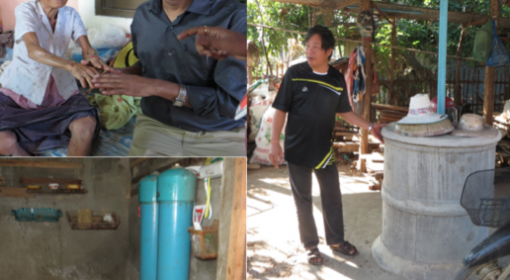

The origin of Fluoride in groundwater is mostly natural. A certain amount of Fluoride in the water (0.5 mg/L to 1 mg/L) is good for healthy teeth and bones. However, when consumed in higher concentrations, it can cause dental or skeletal fluorosis. This means discoloration and deformity of teeth, pain and damage to bones and joints.
According to UNESCO, more than 200 million people worldwide rely on drinking water with fluoride levels exceeding the present World Health Organization (WHO) norm of 1.5 mg/l. It is possible but expensive to treat high-fluoride water. This means that fluorosis is a bigger problem in low-income areas. So while its incidence is much wider (see map), it is a serious problem the Argentinean Pampas, Chile, Mexico, India, Pakistan, the East African Rift, and the Tenerife islands.
Therefore, a logical step towards feasible, cost-effective solutions is networking and knowledge sharing. Initiatives such as the Fluoride Knowledge and Action Network have been undertaken to this end. Such networks comprise of people and organisations working towards finding solutions and improving awareness related to Fluorosis. Very importantly, they bring together the otherwise-fragmented information related to new developments— events, solutions, publications, etc.— in the area.
This page is an effort to supplement such efforts in awareness raising. It is brought to you by TheWaterChannel, Fluoride Knowledge and Action Network, MetaMeta Research, UpGro and a number of individuals working on the ground where Fluoride is.
| VIDEOS | ||||
| How to make a Fluoride Removal Filter (Hindi) | Genesis of Groundwater in Ethiopia | |||
| Rays of Hope in the Darkness of Drought | Fluorosis bends rural Gujarat at the knees | |||
| More videos >> | ||||

